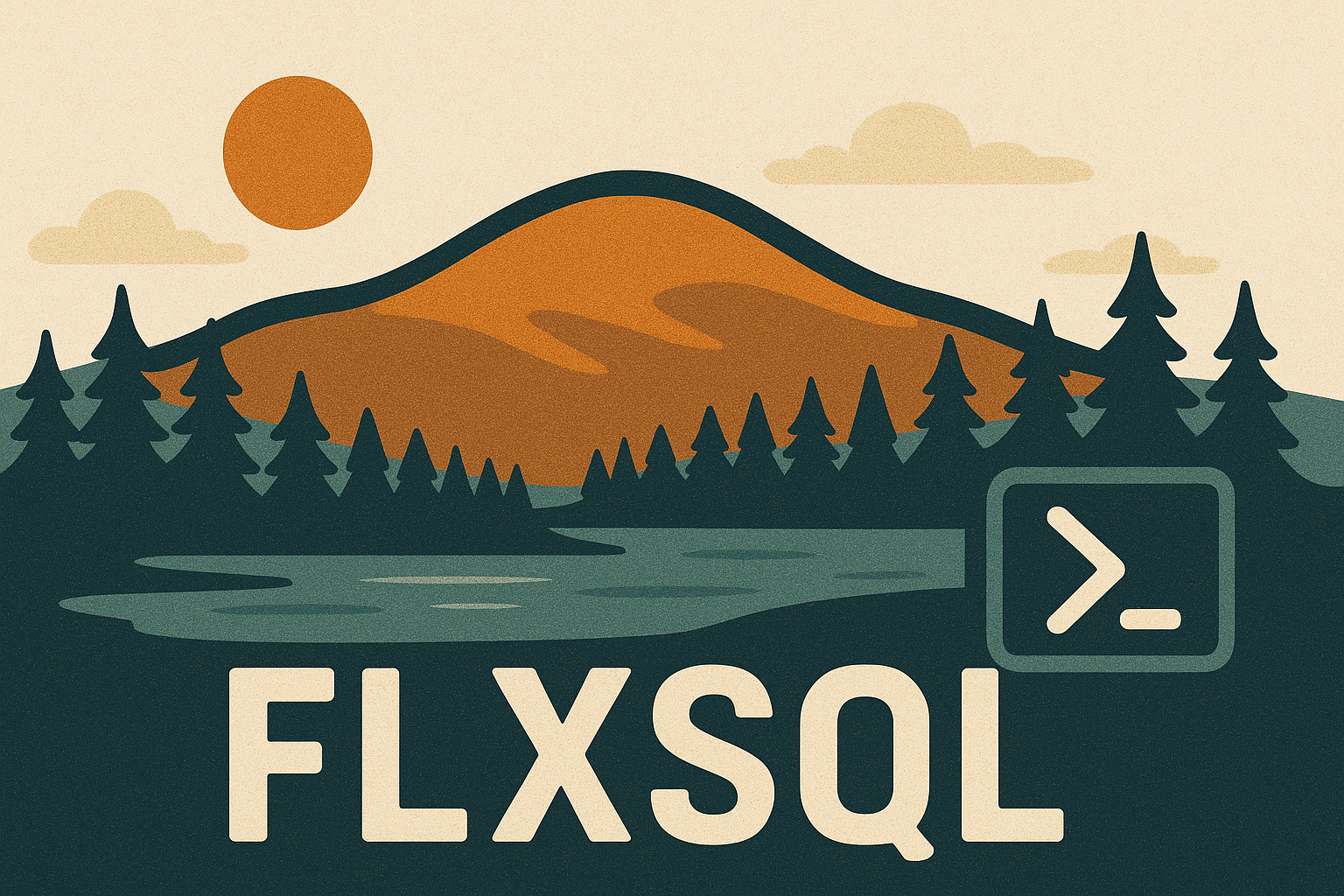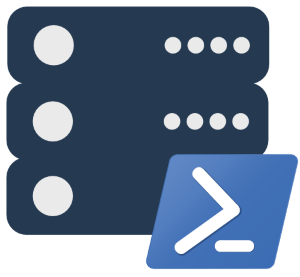New-DbatoolsQuestion | Invoke-DbatoolsDiscussion -Platform Github
Chrissy LeMaire (blog | twitter) pinged me earlier this week to tell me about Github Discussions. It’s a new feature of Github which is similar to Stack Exchange, but much more focused - it’s just for your project/repository! Get help, start discussions, share tips & tricks.
She’s enabled this feature for the dbatools repository and it’s open for business. Go check it out and start posting questions, answers, or both!

